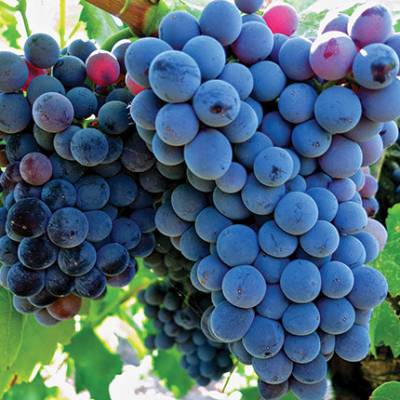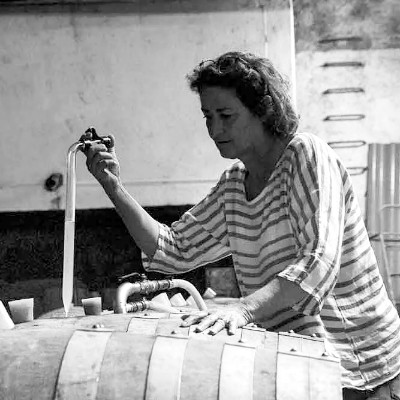

Château Coujan "Bois Joli" 2020, Saint Chinian
(1)


Château Coujan Roc & Rolle (Organic) 2022, Languedoc


Château Puy Razac Grand Cru Saint-Émilion 2022, Bordeaux
(6)

Château Pineraie Tradition 2020, Cahors
(3)

Château Haut-Marbuzet 2018, Saint-Estèphe









